This article is written by Jon Webb
I am a beginner and my work so far has been simple. Much of what I have done has been altered imagery from my own photographs and images that I have downloaded from the internet. I have used a lot of photoshop techniques in this type of work. I am just beginning to learn the process of layering and using various mixed media techniques in the layering process.
My artistic style, if I have one yet, tends to be weird to put it bluntly. I like to use humor in my art. I believe humor, more than anything else, fuels my creativity. I go to great lengths, however to keep it clean and hopefully non-offensive.
Here’s an example of my work which I have created. This is an image I call, “Can’t Name That Tune”.
It features a fellow named Hugo who has a song playing in his head that he can’t remember the name of. I created this from:
- a piece of musical print
- specialty paper
- a piece of cardstock.
Procedure
- I cut the specialty paper into the head shape.
- I then cut the question mark out of cardstock.
- I laid the specialty paper face down on my scanner and placed the question mark shape on top of it.
- I scanned everything with the lid of the scanner open to let in the light – This created the transparency effect of the musical print paper over the question mark.
- I then used computer graphics from the jpeg file menu to create the eyes, ears, and upper body areas.
Creating artworks from simple materials is really fun and exciting. Being resourceful will let you discover things and will certainly boost your creativity.
You are welcome to visit my blog anytime jonfwebb.blogspot.com. I hope you get a good laugh out of it if anything else. Thank you, once again.
~*~*~*~*~*~*~*~*~*~*~*~*~*~*~*~*~*~*~*~*~*~*~*~*~
Hi! My name is Jon Webb. I am a mild-mannered grocery store employee, who lives in a world of weird, ridiculous, and sometimes serious art which is represented here. Although my artwork is warped and twisted much of the time, it is G-rated and not meant to insult anybody, though I do reserve the privilege to poke fun at myself. I now live in the Dallas/Fort Worth Metroplex after spending most of my life in the western U.S. I am also a jack-of-a-few trades who mastered none of them. My greatest joy in life was the 25 years that I spent with my dear wife, Renee, who passed away in 2010.
I now invite you to visit my bizarre and sometimes serious world, and I hope you enjoy the experience. Come back as many times as you wish. To get the picture of what I am doing here, I recommend that you start at the beginning and work up to the current date. Remember, art saves!
~*~*~*~*~*~*~*~*~*~*~*~*~*~*~*~*~*~*~*~*~*~*~*~*~
.
.

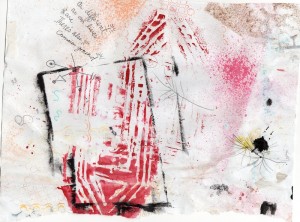
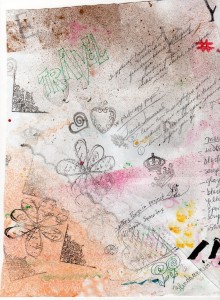
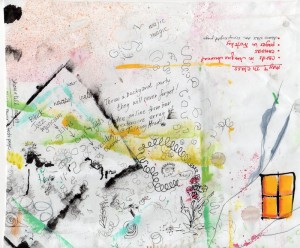
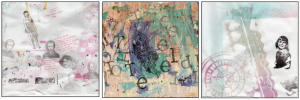
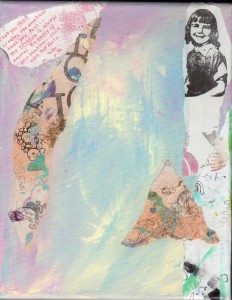
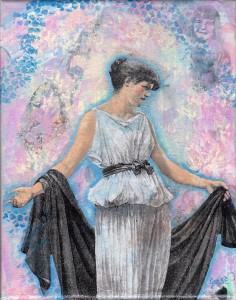
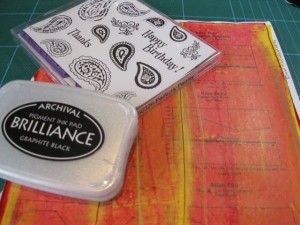
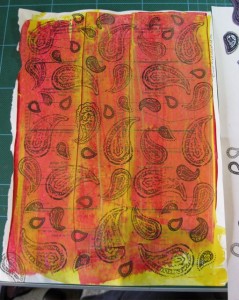
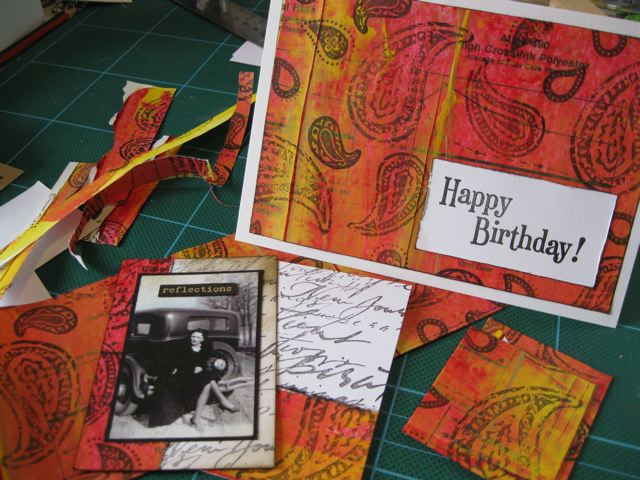


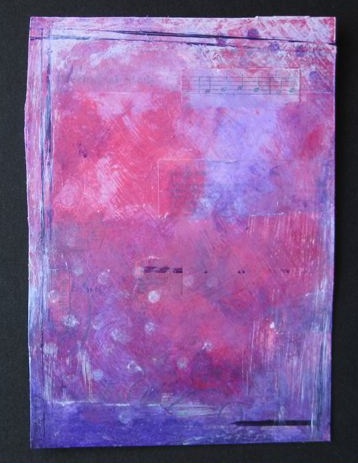



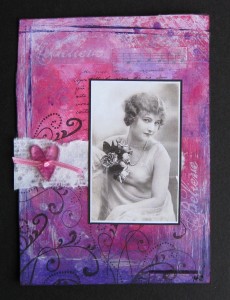



Recent Comments